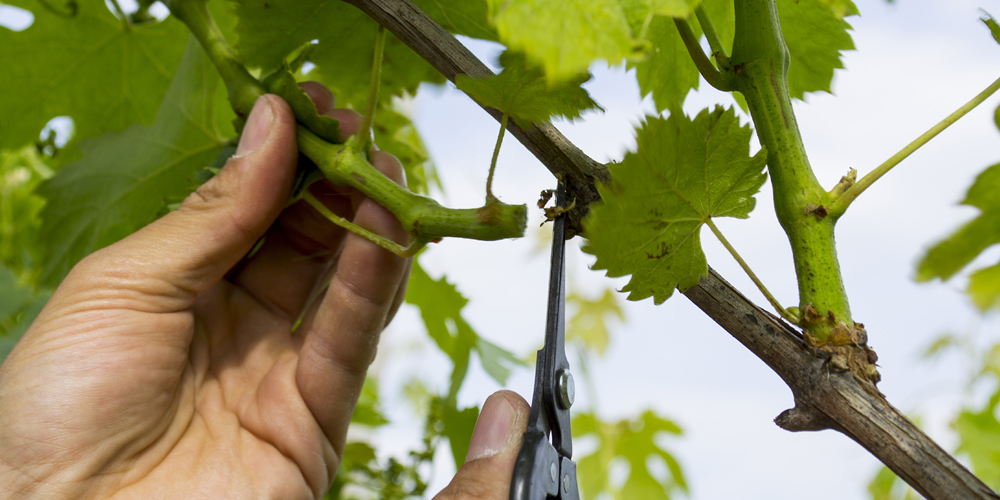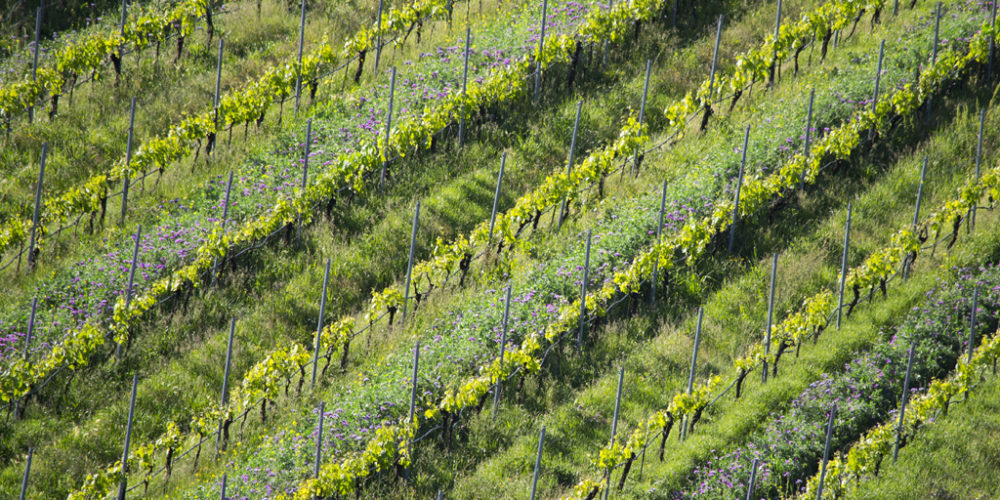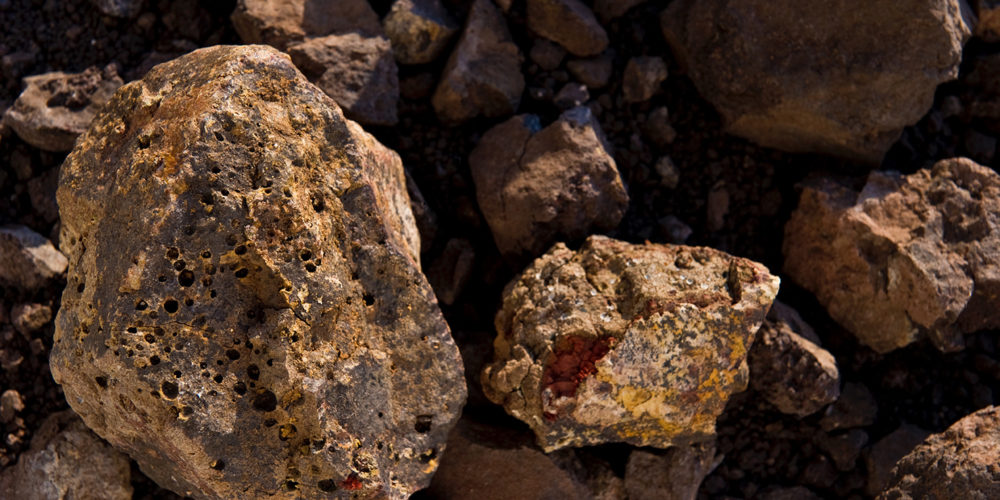Just as a poem goes far beyond the elements of syntax and grammar, the sensations that a wine can arouse cannot simply be transmitted through the use of notions and data. In fact, it is highly reductive to describe a wine through its chemical composition, or the oenological practices from which it derives, nor for that matter, standardized tasting schemes.
Wine is certainly one of the most complex products that exist, and in the glass is finalized a very long process characterized by an exceptional complexity of components. In the countryside first and then in the cellar, an infinite number of transformations and reactions lead to what is not the final result, but something that will continue to develop in the years to come.
But, beyond personal tastes, where does the difference between a good and a bad wine arise, or even better, between a good and an excellent wine? What are the differences in the production process that can lead to a superior final product?
Let us suppose that the wine producer, aware of the best oenological and agronomic
practices, wants to make a change in the production process of grapes or the wine, hoping to improve the final product. How can he distinguish that change in the glass, in terms of taste or smell?
Finding out how a certain alteration has modified the wine, compared to the previous vintages, and considering the different climatic conditions of each year, can be a challenge.
Redefining the production process aimed at such improvement can be a tortuous and
tiring journey, full of experimentations and failures. Normally it takes whole generations to reach the highest levels of competence that allow to interpret the vineyard and the vintage, creating sensational wines.
Since the birth of Inama in 1991, it has been our choice, and a source of pride, to rely solely on our knowledge and insights. This approach has allowed us to develop our own unique style, to characterize our wines following our vision of the territory, and to create something new.
However, we have gradually come to the conclusion that in order to continue developing our wine, the need for additional skills and experience from outside is also necessary.
In 2015, Lorenzo Manfreda, one of the leading experts in pruning and vineyard
management, joined our team. Thanks to his agronomic knowledge and practices he
undertook, we have made significant progress in the management of soils and vineyards, resulting in more expressive and tastier grape.
In the same year, the cellar guide was entrusted to Alessandro Sterchele, an oenologist with great experience in the vinification of Soave Classico.
In 2017, aware of the great potential of the Colli Berici area, we decided to turn to the
renowned Derenoncourt Consultants. By combining our knowledge of the territory with their enormous experience in the cultivation of Bordeaux varieties, we have started a process of plot management optimization. An accurate study of the different qualities of clays present in the vineyards, a better selection of the most valuable grape batches and the refinement of some extraction processes drive this new collaboration.
Category: Spigolature
A few comments on “organic”
The management of organic vine-growing has recently become one of the most frequent and most discussed topics. ‘Organic’ wine still does not exist by law but the word ‘organic’, which then soon leads to ‘biodynamic’, is all that producers, wine experts, journalists, etc. are talking about. Speaking for ourselves, all our red grape vineyards are included in the certified organic regime. Therefore the following wines – Carmenere Più, Bradisismo, Oratorio di San Lorenzo and Campo del Lago, all come from organically-managed vineyards. We purposefully do not use this topic as a direct sales pitch. Or perhaps it would be better to say that we are very happy to tell anyone who should ask for information on the characteristics of our wines and our productive philosophy about it. But we do find it hard to use these points for commercial benefit as if they were just another item to add to the label.
The thoughts behind this decision come from a vision of wine that is briefly outlined below.
In the last thirty years wine has experienced an unprecedented boom and interest in it has grown dramatically. Styles, fashions, old and new production areas, species of vine and philosophies have come and gone through the market at a incredible pace.
This has made modern wine ‘similar’ to a number of other consumer products that often have to alter their own look and label in order to capture consumer interest.
It is, however, interesting to note that the great classic wines, especially French ones, have not bowed to this trend and have kept their identity well intact without ever directly communicating any changes in their vine-growing and wine-producing methods. Many have long been produced from organic or almost organic grapes but this has never been declared openly. The aim is to not distract the wine drinker from what is the one and only true purpose of our work: the goodness of the wine.
Any adjective like organic, biodynamic, natural, etc., is not proof of the goodness of the wine but does place the consumer in a positive mind, perhaps too much so, even before he even tastes the wine. How many of us have drunk wines boasting such attributes and have found them really bad? I believe that a lot of us have.
Therefore, using and introducing new adjectives in the name of a greater ‘naturalness’ of the wine does not actually help the consumer’s palate to develop but can risk turning it towards a new fashion, no matter how healthy, that certainly does not certify the goodness of that particular wine.
On the other hand, the entirely opposite procedure would be ideal: blind tasting, we would even add a little distracted tasting, where the goodness has to emerge intensely and almost unexpectedly.
Good agricultural and oenological practices are definitely necessary for this purpose. But they are not a guarantee.
Stefano Inama
The native land and the Soave Classico
What is volcanic soil?
It is simply the native land, the primordial land that derives directly from the hot and glowing mantle underneath the Earth’s crust. Over time, volcanic soil modifies, giving origin to other soils. Therefore, volcanic earth could be considered as the «mother» of all other soils.
Even today, active volcanoes erupt large amounts of lava. However, volcanic soil covers only one percent of the Earth’s surface. This surface in Italy corresponds to four to five percent of the national territory.
But why is the volcanic soil so special?
They offer minerals in their native form, that give to the plants a specific composition. In the case of the grapevine, they influence greatly the flavor of the wine, which develop a mineral or floral note and over time that becomes typical.
The ancients Romans were aware of this phenomenon, and chose the white wine produced on the volcanic soils as the reference wine for goodness.
In the Central-South part of Italy, the volcanic soil is much present, for instance, in the areas around Rome and Naples, in the northern part of Lazio region, in Sicily (in the Etna and Mounts Iblei area), in the small islands in the South, and in the Vulture area in Basilicata.
But in the northern part of Italy, volcanic areas are almost absent — except for the Soave Classico area and other small territories.
That’s why the ancient Romans, when they arrived in the Northern Italy, first planted their vines in the area that would become Soave Classico.
So we own an extraordinary heritage and ancestral history and culture. But above all, we have the unique flavors and inimitable aromas that this wine still retains.



